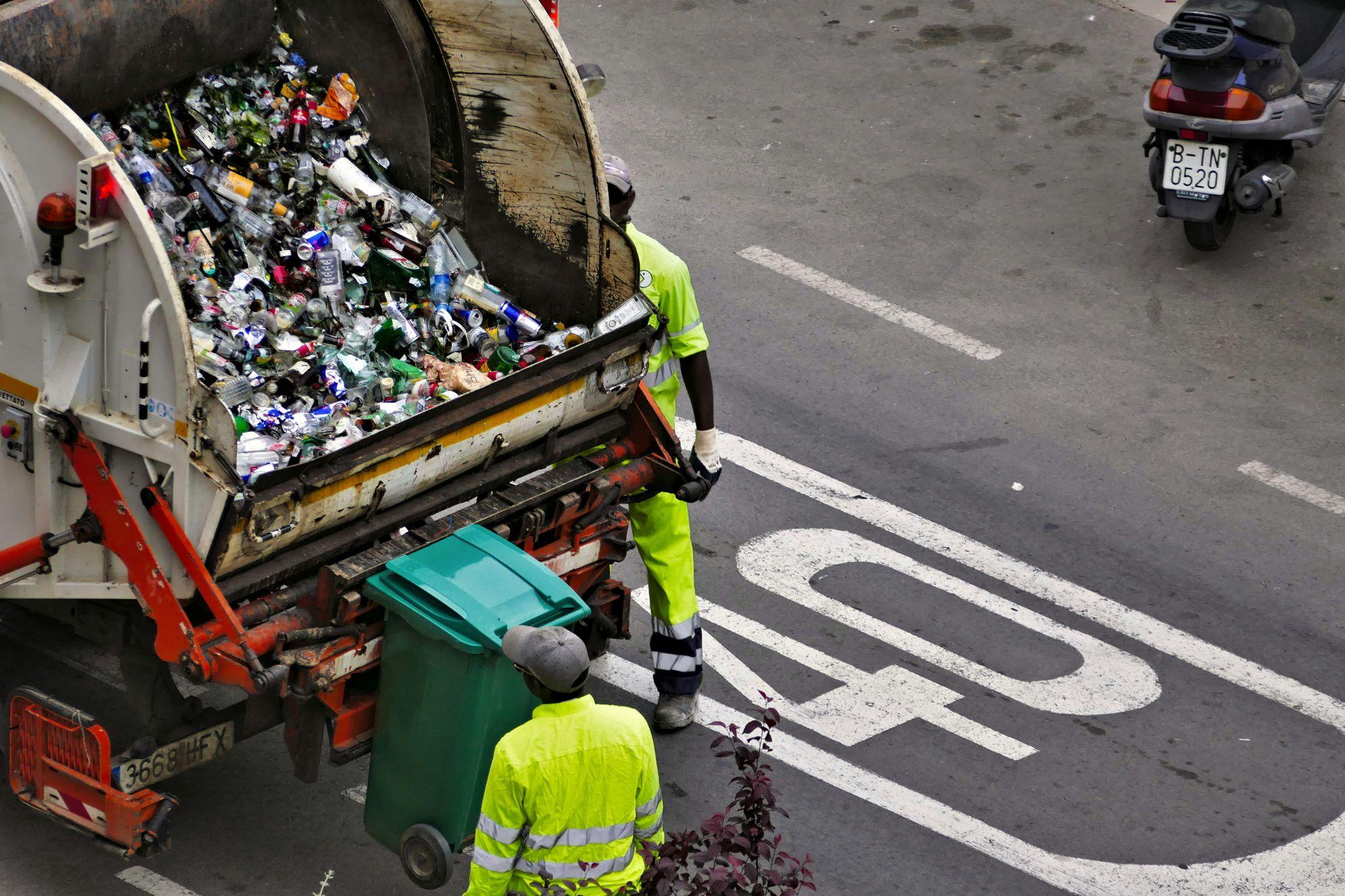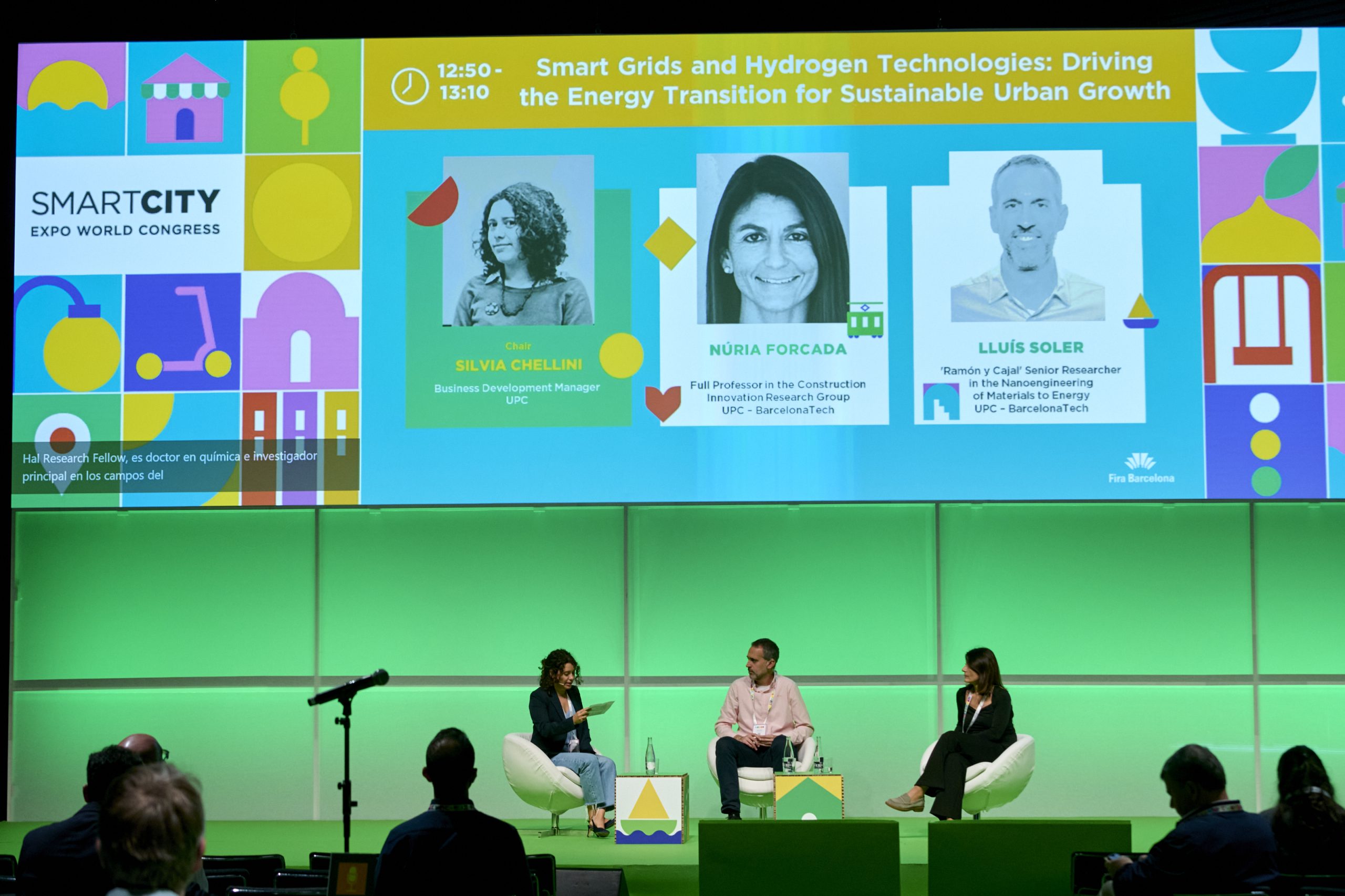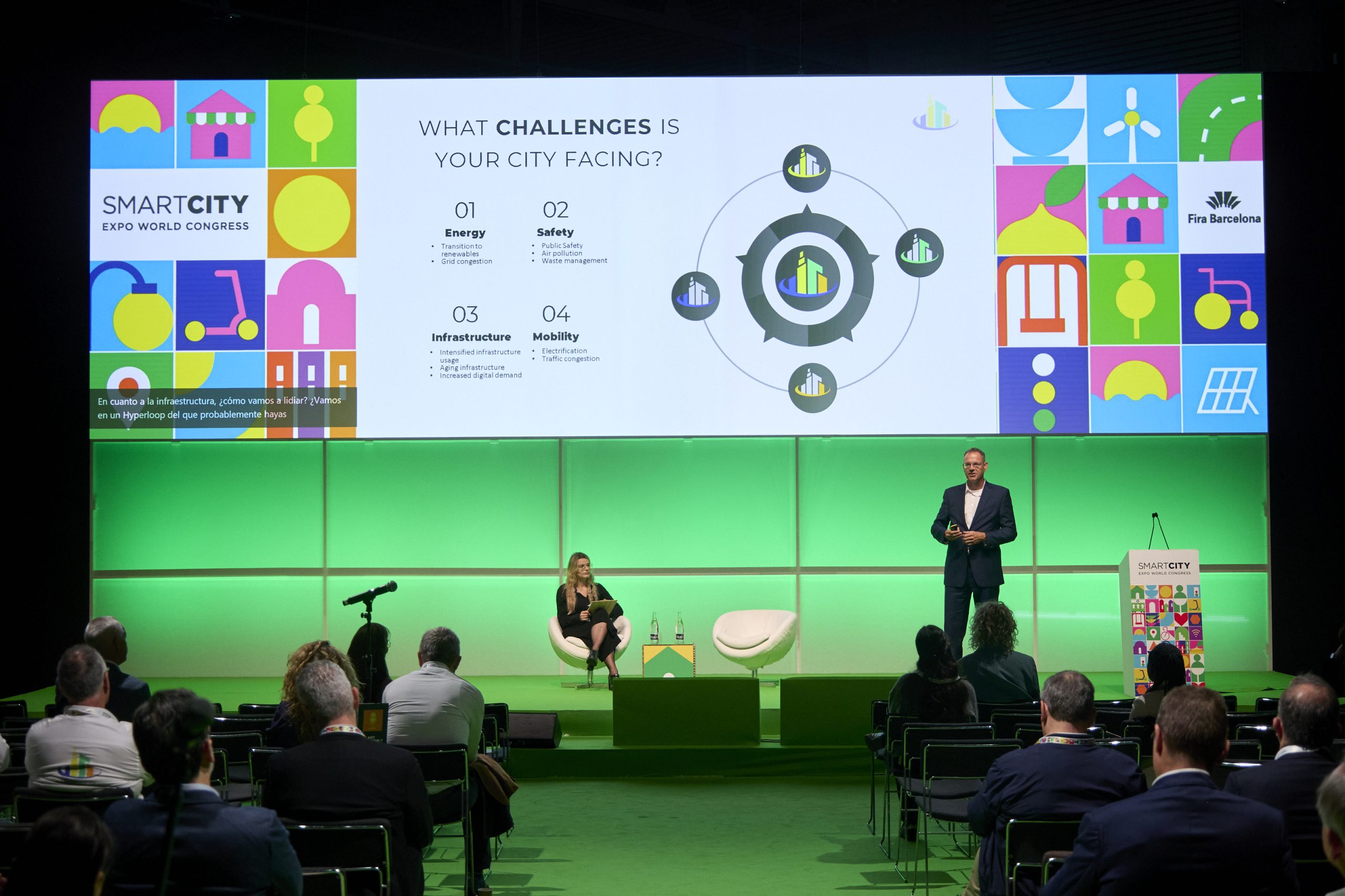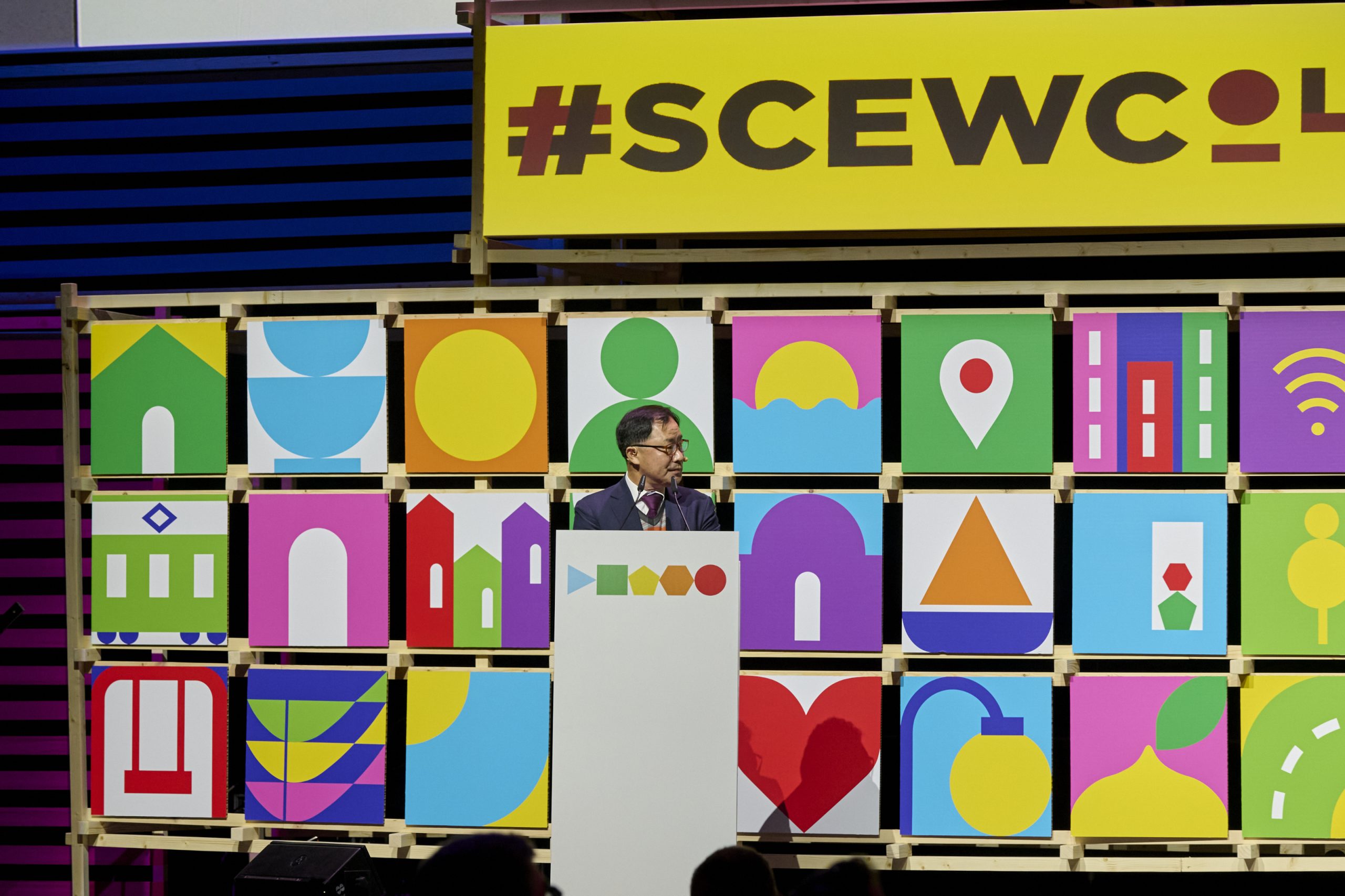Author | Raquel C. Pico
In contrast to organic agriculture, which emphasizes the exclusive use of natural resources, alternative methods of crop cultivation are emerging. Some involve the technological advancement of farming practices, while others use genetically modified organisms to enhance efficiency.
Genetically modified organisms, commonly known as GMOs, originate from genetic engineering, a process in which the most desirable traits are selected.
Hence, the advantages of genetically modified crops extend across many of the issues, which in recent years have become major concerns. They may exhibit increased resistance and resilience to the impacts of climate change. For instance, they can be tailored to thrive in drought conditions or engineered to provide enhanced nutritional content for consumers. The latter, coupled with their potential for increased productivity, constitutes one of the arguments advocated by supporters of GMOs for alleviating world hunger and fostering food self-sufficiency in Global South nations.
In fact, all of these capabilities could play a pivotal role in transitioning towards more sustainable agriculture. For instance, seeds could be engineered to decrease water usage or reliance on herbicides and chemical insecticides.
Urban agriculture

Urban agriculture has emerged as a solution to address challenges even in cities, where issues like food deserts persist. It serves as a means to make less eco-friendly spaces, such as car parks, greener and more sustainable. Cities are witnessing numerous initiatives aiming to re-purpose their subway stations into vertical farms, while individuals are increasingly growing crops at home to enhance self-sufficiency. The potential benefits of these initiatives are becoming ever more appealing.
In vertical farms, genetic editing may eventually become a necessary step to attain optimal yields. Huw Jones, a Professor at Aberystwyth University, argues for this, stressing that the seeds suitable for this environment, one which is projected to expand by 25% of its global value this year, will differ from those adapted to traditional soil cultivation. According to the expert, responding to this innovative environment will require new genetically edited plants and seeds.
Additionally, according to Matin Qaim from the University of Bonn, genetically modified species could decrease the amount of soil needed for farming, as these plants exhibit greater resilience to environmental challenges. In urban environments, where farming space is limited, this could also provide additional value.
Genetic urbanism
Moreover, genetically modified organisms could emerge as a key consideration in designing the cities of the future, as urban planning responds to the challenges already confronting cities.
It has been demonstrated that the presence of green spaces is crucial not only for people’s mental health but also for providing optimal conditions for their physical well-being. Trees have been purifying the air for centuries, and in a context where emissions remain excessively high, their role is even more critical today. Genetically modified plants have the potential to purify the air more effectively: A French company is endeavoring to develop a highly efficient pothos variety that could effectively clear pollutants from households and offices.
In fact, choosing biomaterials has become one of the key trends in urban planning in recent years. This entails reclaiming everyday materials that have been in use for decades, like cork or plant fibers, while also exploring other possibilities such as enhancing species to discover new applications for them.
Genetic architecture uses living materials to enhance sustainability in buildings and infrastructure. Innovative research projects are utilizing living materials to enhance the range of services provided. In Catalonia, one such project managed to use bacteria DNA to convert lemon trees with luminescent leaves. Although they never left the laboratory, they did ‘light up’ when night fell. In outdoor settings, these trees could potentially eliminate the need for street lighting, leading to energy savings.
Other ongoing initiatives are attempting to develop bricks using fungi. Mycotecture is already utilizing fungi and mycelium to create structures, representing the initial step towards what could be accomplished.
Downside to genetic modification
Despite this, there is also a downside to the use of genetically modified organisms. Concerns about the potential health impacts of genetically modified organisms persist among some individuals, despite the absence of identified evidence in scientific research involving animals. It is also worth noting that these genetically modified seeds are not planted in the countries most affected by hunger, the southern region of Africa, particularly in Sub-Saharan Africa.
Images | Markus Winkler, Gabriella Clare Marino






















































